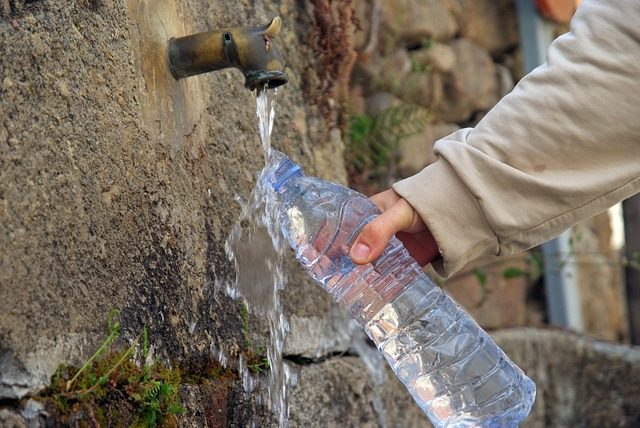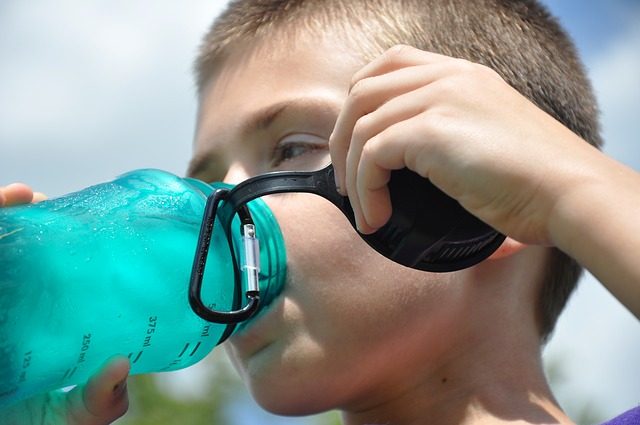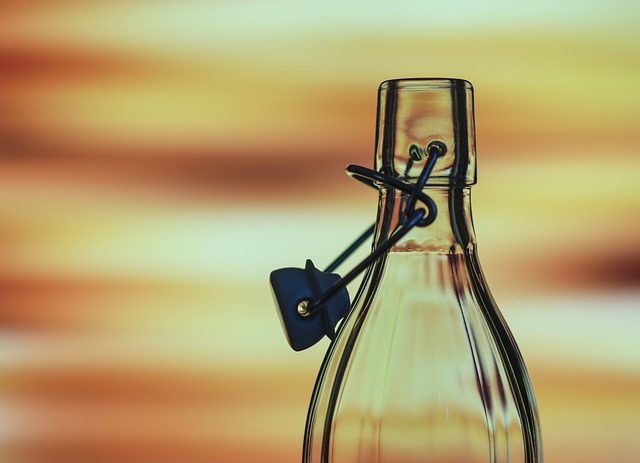Keeping drinking water safe – It’s a precious commodity
Clean, potable water is crucial for staying healthy, this is especially important when in the great outdoors.
We can survive for up to three weeks without food but only three days without water, however, even with a good supply of water, it has to be safe to drink. You need to keep your stored drinking water safe. I don’t mean safe from being spilled or stolen, I mean safe from bugs and pathogens that can contaminate it.
Unless you are camping out by yourself, other people will be using the same water; systems need to be in place to prevent accidental contamination.
So let’s look at how you can do this and have a trip free of illness.
Where are you getting the water from? A river, a lake, a campsite tap – it is better to be safe than sorry – treat your water to make sure it is safe to drink.

You can do this by filtering, chemical sterilization, or boiling. There are many ways of treating water to make it safe for drinking, the method used will depend upon the source of the water and the equipment that you are carrying.
Treating water will be covered in another article but suffice to say that, as a general rule, water from a natural source needs to have some intervention before drinking.
Avoiding contamination
Many people will have separate containers for untreated and treated water. Do not use the container you stored suspect water in for your clean water.
If your containers look the same, mark them clearly; explain and follow up with the others in your camp. Unless they have experienced the stomach bugs that follow drinking bad water, they might take short cuts.
If you are using a chemical treatment, identify which containers have been left long enough for the chemicals to act.
I would use a visual cue such as a red or green tie on the containers, so they know which ones are safe.
Sanitizing Containers
Keep your clean water storage containers clean. It is easy to accidentally contaminate water after it has been cleaned; this often happens when dirty hands touch the lids and nozzles.

Put procedures in place to help prevent this. The most common area for contamination is toilet use or after food preparation, so get people into the habit of pouring water into a hand wash basin or bucket before going.
Once the trip has ended thoroughly clean and sanitize all water containers, leave the lids off to allow to dry.
Lids and Caps
The lids of the containers must go back on immediately after use. You want to keep insects, dirt, and other nasties from getting inside and ruining all your hard work. Ones that are attached to your container are the best, as accidents happen and you can drop lids, a small length of cordage or string can be used to tie these to the containers if needed.

Always wash the lids if they have been dropped onto the ground.
Keep your water hygiene up to a high standard when camping. It may appear complicated, but it is better to think about the safety of others in regards to water and its use than to have everybody come down with stomach bugs, resulting in a ruined trip.
The longer your trip and the bigger the group, the more rigorous you water hygiene plans need to be.
If you have any comments then please drop us a message on our Outdoor Revival Facebook page
If you have a good story to tell or blog let us know about it on our FB page, we’re also happy for article or review submissions, we’d love to hear from you.
We live in a beautiful world, get out there and enjoy it.
Outdoor Revival – Reconnecting us all with the Outdoors.





